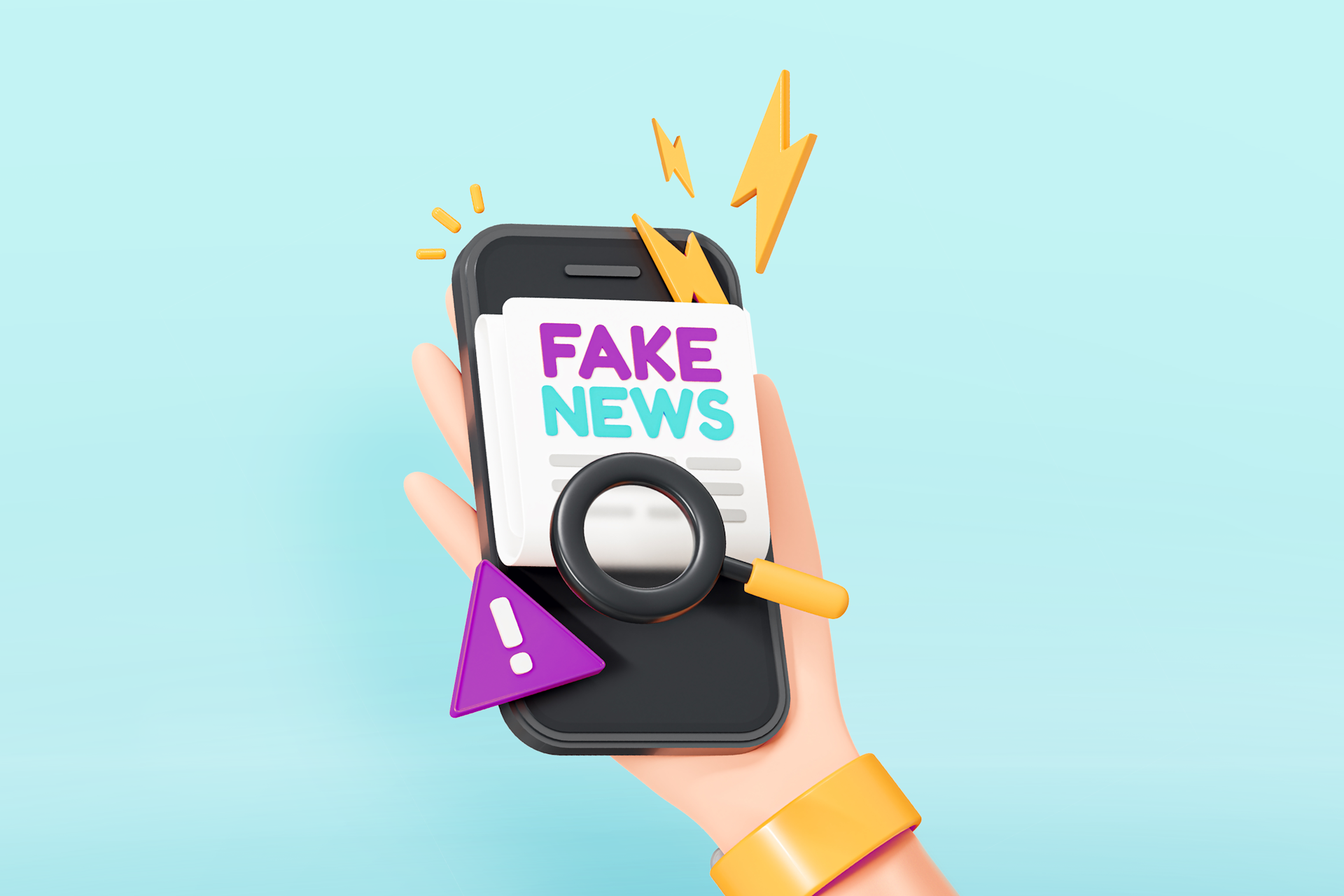Recently I had the opportunity to join a panel discussion hosted by Fourth Day PR at London’s iconic Somerset House, to talk about the rising challenge of misinformation and disinformation for PR professionals.
On the panel I was joined by three other industry experts:
- Katy Howell, CEO of social media marketing agency, Immediate Future
- Rob Waugh, a writer, journalist and editor focusing on tech
- Max Templer, Research Director at strategy consultancy, Think Insights
I’ve recently joined Meltwater as Vice President, Product Management - Global Applications & Architecture, having worked in the mis- and dis-information space for many years, and it’s interesting to see this topic become such a huge issue; I’m invited to many more of these events now than at any time in the past.
Disinformation is a Growing Problem
The panel began with us discussing the current scope of the problem, which everybody agreed was a huge and growing challenge.
As AI content generation tools grow in sophistication, particularly video creators like Google’s Veo and OpenAI’s Sora, the ability to create highly convincing fakes is becoming a trivial matter. Bad actors are already exploiting this technology at the state level, for propaganda purposes, as are individual influencers who have found ways to profit from misinformation.
AI is exacerbating the problem in another way, by understanding what kind of content users are more likely to engage with, algorithms can ensure they are fed more of the same. So the filter bubble first caused by algorithmically curated social media feeds is going to become far worse in the AI era, as audiences are given an increasing volume of disinformation specifically tailored to their tastes.
This is all having a real-world impact on brands, and we’re seeing a growing number of examples of businesses being hit by disinformation attacks. This isn’t a warning about how bad things could get in the future - it’s already happening, and brands need to deal with the problem.
How Brands Can Fight Back
The panel had a range of suggestions for how to manage this new challenge, but I think one of the most important tools at our disposal is what I call vectorized monitoring.
Typically large brands, like the one in the example above, will use legacy and social media monitoring tools to track mentions of their company, and other important keywords closely related to their business, looking for unexpected spikes that could signify a looming crisis.
This approach can be a blunt tool, especially for large organizations which are likely to see huge volumes of brand mentions all the time, making it difficult to identify those which could signal a potential problem. But with tools like Meltwater using vectorized monitoring, we can use AI to match on meaning. This means understanding the context of mentions, making it far easier to surface early signs of emerging narratives before they explode.
But, of course, monitoring is only part of the answer. The strategy of pre-bunking was also discussed, which means getting ahead of potential narrative attacks by publishing content that consistently demonstrates commitment to your organization’s values or counters known and likely attacks.
The value of pre-bunking is that when faced with a situation where your brand is falsely accused of behaving poorly, you will already have established proof points that show what your values really are.
The panel also discussed the value of publishing on owned social channels versus propagating messaging through earned media when responding to disinformation. Earned media lends credibility, especially when supported by expert reporters and strong editorial standards. But social media is often the first place a journalist might look before writing a story, it’s the first place consumers look, and also the fastest place misinformation spreads. The trick is understanding where your audience actually goes for trusted information and aligning your strategy accordingly.
Facing the Future of Disinformation
The discussion ended on a sobering note: the rise of AI-generated search results may supercharge misinformation by tailoring content directly to users’ biases and beliefs. As people move from search engines to conversational AI for information, the PR industry must adapt once again.
But there may be an upside to this. As skepticism grows, audiences may begin to seek out verified, expert-backed sources more than ever. Credible publishers, and the brands that invest in authentic, transparent communications, could become beacons of truth in a growing ocean of mis- and disinformation.
